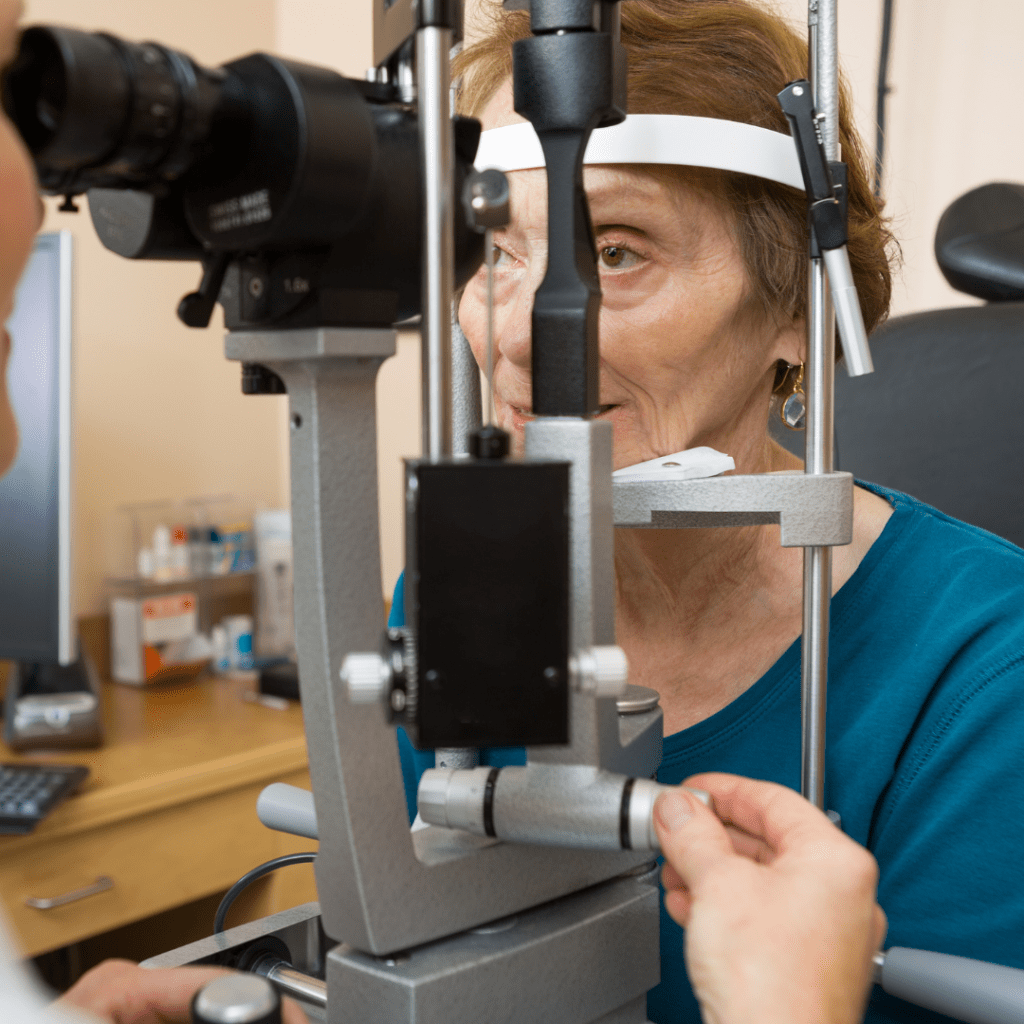Cataracts vs Glaucoma: How to Receive Accurate Diagnosis and Treatment

Healthy vision plays a vital role in our daily lives. Unfortunately, eye diseases like cataracts and glaucoma can significantly impair vision. These conditions have distinct causes, treatments, and outcomes. Therefore, accurate diagnosis and treatment are essential for preserving and maintaining eye health.
Likewise, this guide explores the differences between cataracts and glaucoma. It also highlights the importance of correct diagnosis and lists available treatment options.
Understanding Cataracts
Cataract definition: a medical condition that leads to the eye lens becoming opaque
The World Health Organization (WHO) reports cataracts as the leading cause of blindness globally. Cataracts cloud the eyes’ lenses and lead to blurred or foggy vision. Some other cataract symptoms include:
- Gradual vision impairment
- Increased light sensitivity
- Frequent eyeglass/contact prescription changes
- Fading colors
- Double vision
- Difficulty recognizing facial expressions
Several risk factors increase the chance of a cataract diagnosis:
- Aging
- Diabetes
- Smoking
- Family history
- High blood pressure
- Prolonged sunlight exposure
Understanding Glaucoma
Glaucoma definition: Glaucoma impacts the optic nerve and is often marked by increased fluid pressure inside the eye (intraocular).
There are two glaucoma types: open angle (causes gradual vision loss) and closed angle (leads to sudden, severe vision impairment).
The following are some glaucoma symptoms:

- Peripheral vision loss
- Blurred vision
- Eye pain
- Sudden vision loss
- Nausea
Risk factors for glaucoma include:
- Age
- Family history
- High blood pressure
- High intraocular pressure
- Diabetes
- Specific medical conditions
Importance of Accurate Diagnosis
Accurate diagnosis is essential in the treatment of cataracts and glaucoma. The difference in cataract vs glaucoma diagnosis is that they each call for a specific diagnostic tool to identify the condition and prescribe the appropriate treatment.
| Diagnostic Tool | Examines | Cataracts | Glaucoma |
| Gonioscopy | Angle in the eye | X | |
| Ophthalmoscopy (dilated exam) | Shape and color of optic nerve | X | X |
| Pachymetry | Cornea thickness | X | |
| Perimetry | Field of vision | X | X |
| Slit-lamp Exam | Structures at the front of the eye | X | |
| Tonometry | Inner eye pressure | X | X |
Treatment Options for Cataracts
Cataract treatment options include:
- Prescription glasses
- Cataract surgery
- Lifestyle adjustments
Treatment Options for Glaucoma
Glaucoma treatment options include:
- Intraocular pressure management
- Glaucoma medication (prescription eye drops)
- Laser therapy
- Surgery
The Role of an Ophthalmologist
Ophthalmologists are eye specialists who have studied eye disorders in depth. They possess specialized knowledge in cataract and glaucoma management. They also provide personalized care by crafting tailored treatment plans for your specific vision needs.
Prevention and Monitoring
Cataract prevention and glaucoma prevention involve lifestyle choices like:
- Wearing sunglasses
- Maintaining a healthy diet
- Quitting smoking
- Managing health conditions
- Regular comprehensive eye exams
The recommended eye exam schedule according to the American Academy of Ophthalmology:
- Before 40 – every 5 to 10 years
- Ages 40 to 54 – every 2 to 4 years
- Ages 55 to 64 – every 1 to 3 years
- Ages 65 and older – every 1 to 2 years
Understanding the distinctions between cataracts and glaucoma is the key to accurate diagnosis and effective treatment. You should also visit an experienced ophthalmologist and practice preventive measures to safeguard your vision for years to come.
For both comprehensive eye care and expert guidance, please contact The Eye Center, with locations in Huntsville and Madison, at (256) 705-3937.
